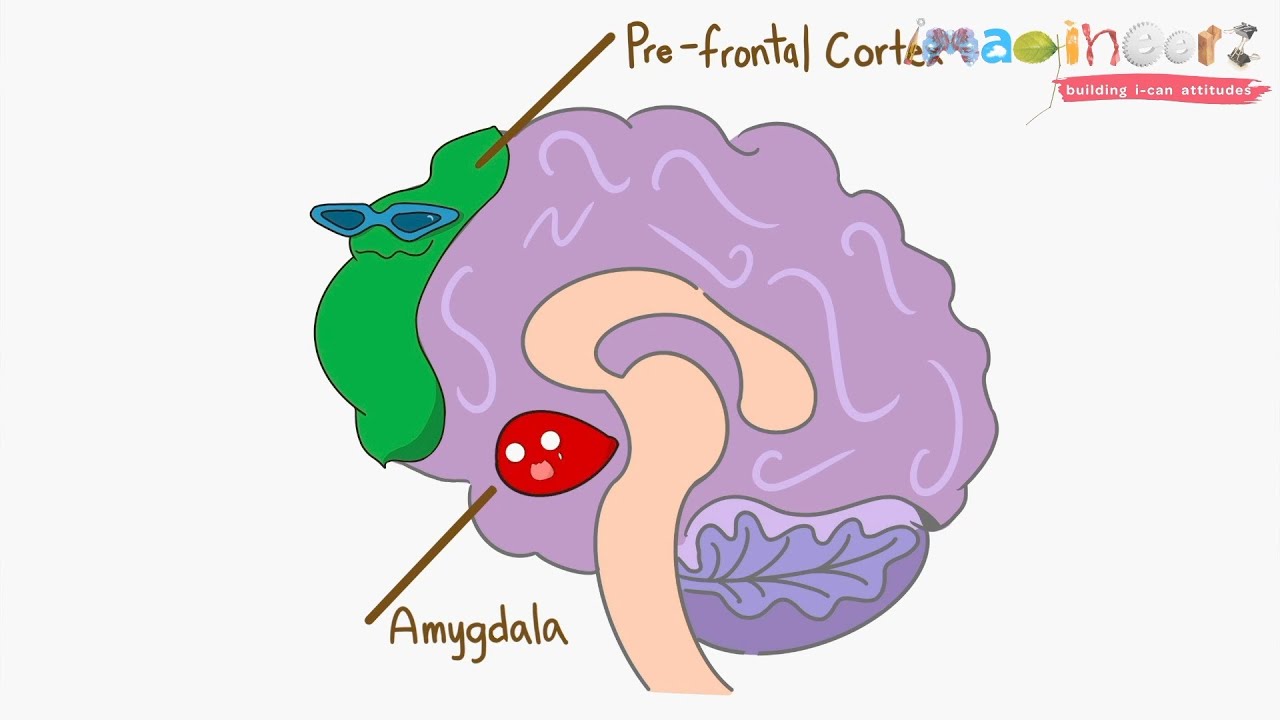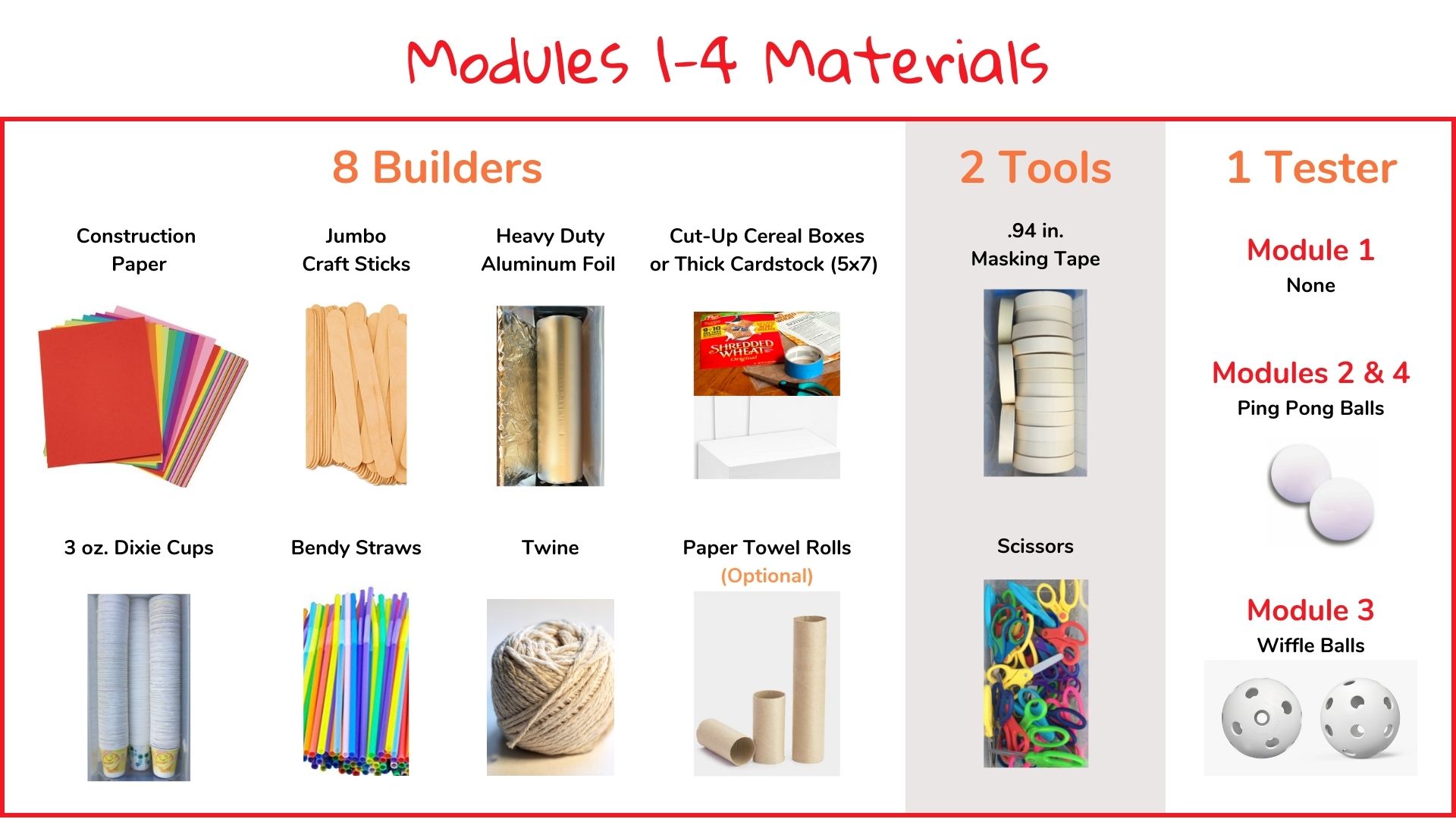STEM Challenge: Meet the Martians

Challenge
Design a Martian model that incorporates at least two vital survival elements: a brain featuring distinct amygdala and pre-frontal cortex sections, and the capability to transport a tank of Martian air (represented by a Wiffle ball).
Constraints and Success Criteria
- The Martian must have a clearly labeled amygdala and pre-frontal cortex within its brain structure.
- It must be designed to carry a Wiffle ball, symbolizing a tank of Martian air.
- The Martian should stand independently without external support.
Materials

You need a Wiffle balls as testers for this challenge.
Set Up
- Prepare Materials: Ensure you have all the necessary materials ready beforehand and organize them so that they are easily accessible to students. Students should use no more than five of any one material per creation! For example, a student can use five straws and five pieces of paper, but not ten straws. If you provide aluminum foil, no more than one arm’s length piece for each student!
- Set Up Testing Area: Create a designated area where students can test their Martians.
- Provide Guidelines and Constraints: Reiterate the challenge to students, as needed. Building time is 45 minutes!
- Model the Design Process: Before students begin, demonstrate the design process by going through the steps yourself. Discuss how to brainstorm ideas, create prototypes, test them, and make iterations based on the results, as needed.
- Encourage Collaboration: Foster a collaborative environment where students can work together in pairs. Encourage them to share ideas, help each other troubleshoot challenges, and provide constructive feedback throughout the process. But no groups of three!
- Support Adaptation: Encourage students to embrace the mindset of adaptation and problem-solving. Help them see that setbacks and failures are opportunities to learn and make improvements. Guide them in identifying areas for adaptation and brainstorming alternative solutions.
- Facilitate Reflection: Set aside time for students to reflect on their design process and decision-making. Ask questions that prompt them to think critically about their choices, challenges they faced, and what they learned from the experience. This reflection can be done individually, in pairs, or as a whole-class discussion.
- Celebrate and Showcase: Celebrate students’ efforts and showcase their Martian designs. Provide a platform for them to explain their design rationale and play their instrument, if possible.
CASEL Discussion Questions
Five questions aligned to Responsible Decision Making — our focus CASEL competency for Module 3 — for teachers to foster an engaging discussion and social-emotional learning
- What ethical considerations should you keep in mind while designing your Martian life form?
- How will you make responsible decisions about the materials you use and the design choices you make?
- If your team encounters disagreements about design choices, what steps can you take to make decisions that are fair and considerate of everyone’s perspectives?
- What safety measures will you implement to ensure that the Martian life form and its components, such as the air tank, do not pose any risks to others?
- How will you make choices that prioritize the well-being of the Martian life form, ensuring that it can “survive” on Earth in a humane and responsible way?



